Germany is a diverse mixture of historic cities, small towns, and tiny villages, of mountains and deep forests, of the modernity of everyday life combined with the long and varied history of the country. Depending on what you want to see when you visit Germany, you can head to metropolitan parts of the country to experience the arts, or you can head out into the Alp, the Mosel Valley, or the Black Forest and take in the spectacular scenery or indulge in more recreational activities. Towering cathedrals vies for space with palaces, and, in some parts of Germany, you can experience some of the old traditions. Berlin is the capital of Germany, home to galleries and museums and some of the very best that you will find, across the whole of Germany are these.
- Cologne Cathedral
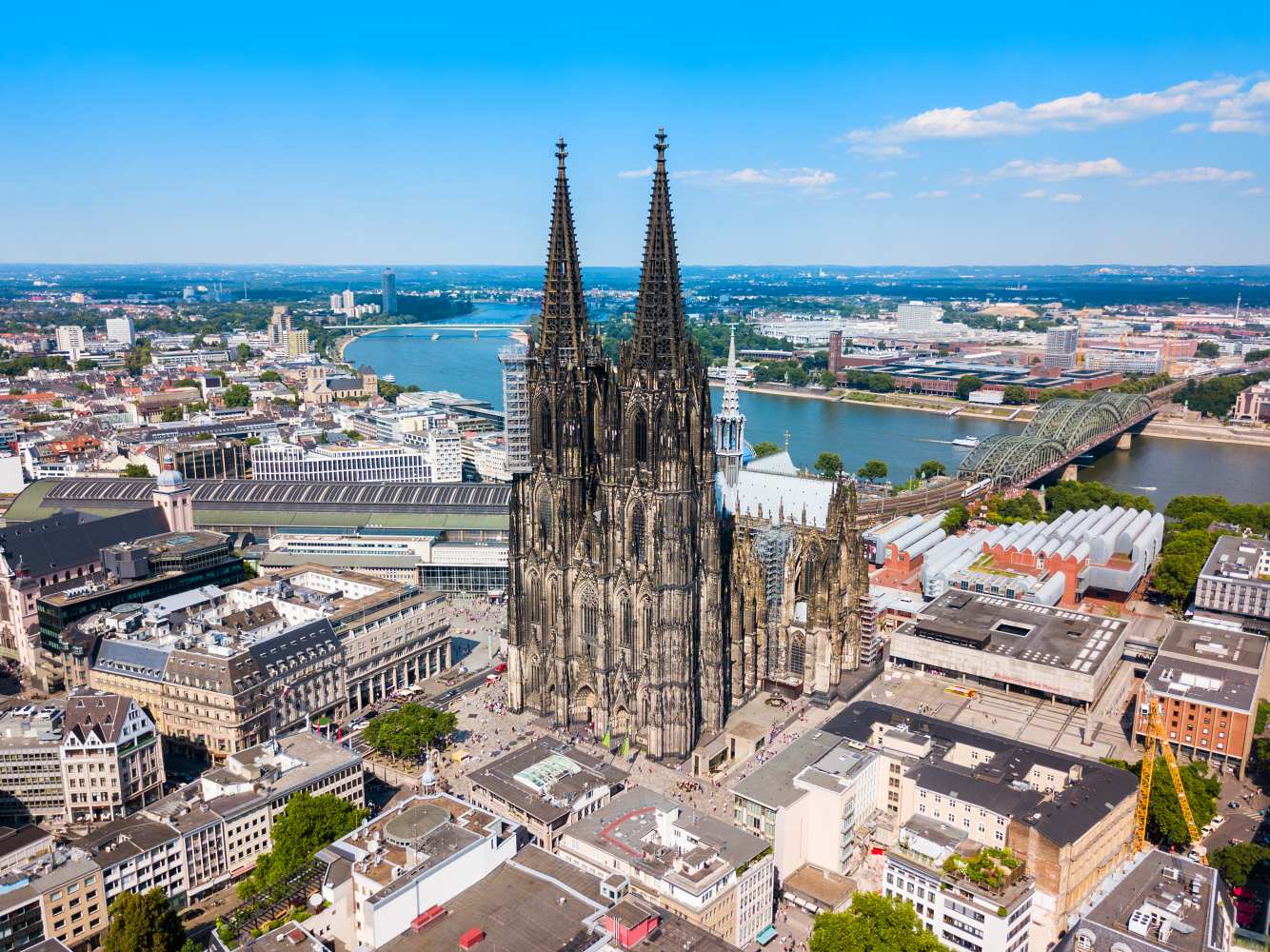
One of the most impressive landmarks in Cologne has to be the Cathedral of St Peter and St Mary. The official name is Kölner Dom, and it stands on the bans of the Rhine River. The building on the cathedral started in 1248 and was not finished until 1880. Across the centuries, the different builders have stuck to the original plan, producing a High Gothic masterpiece. The Cathedral has 5 aisles and is 144.5m in length; the towers stand at 157.2 m high. The stunning interior of the cathedral sprawls over an impressive 6166 square meters and has no less than 56 huge pillars. The Reliquary of the Three Kings can be seen above the High altar, and, from the south towers, you get spectacular views over Cologne. IN the Three Kings Chapel, there are stunning examples of stained glass while the Treasury house many precious objects. The cathedral has been granted the award of the UNESCO World Heritage Site.
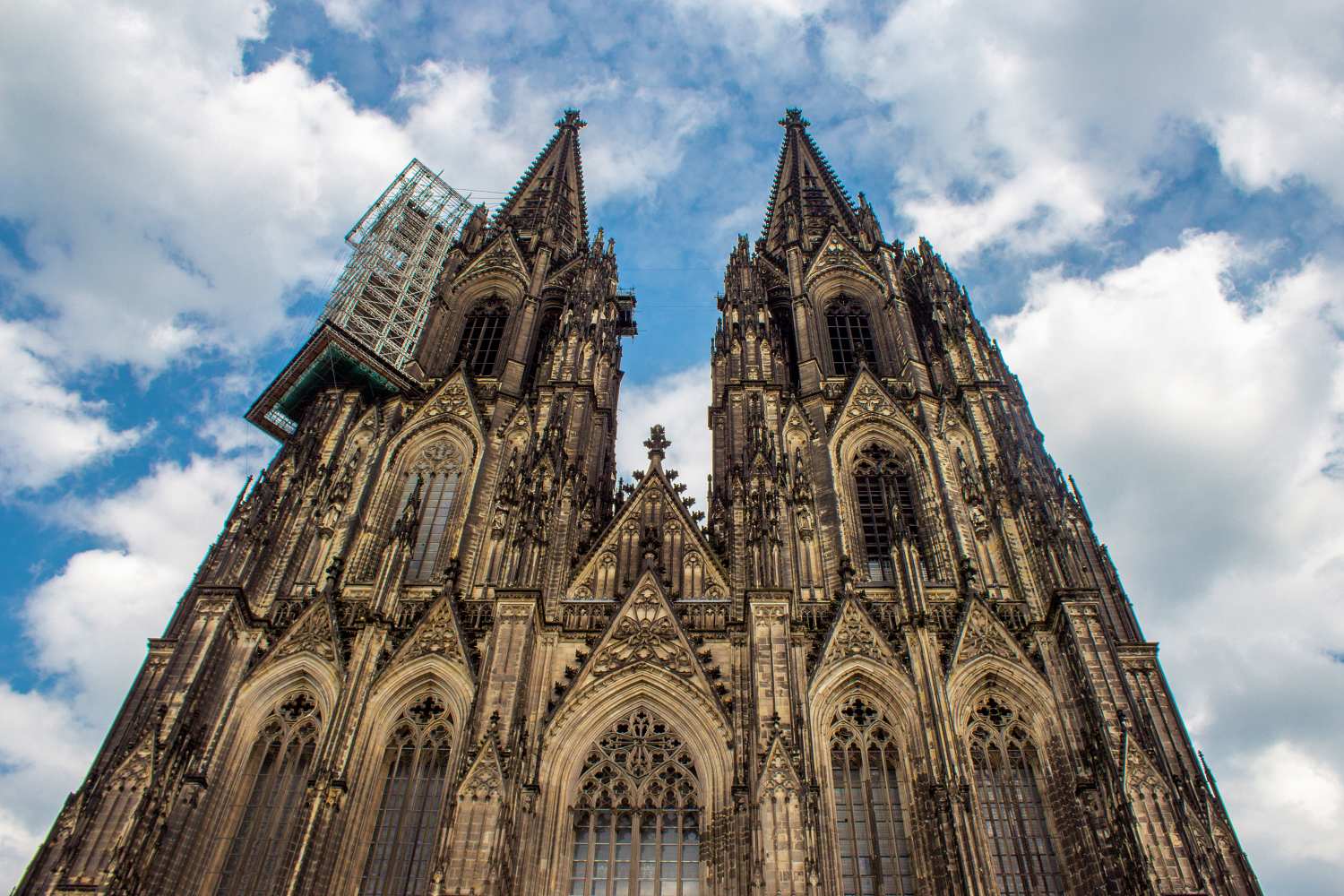
- Cologne Hohenzollern Bridge
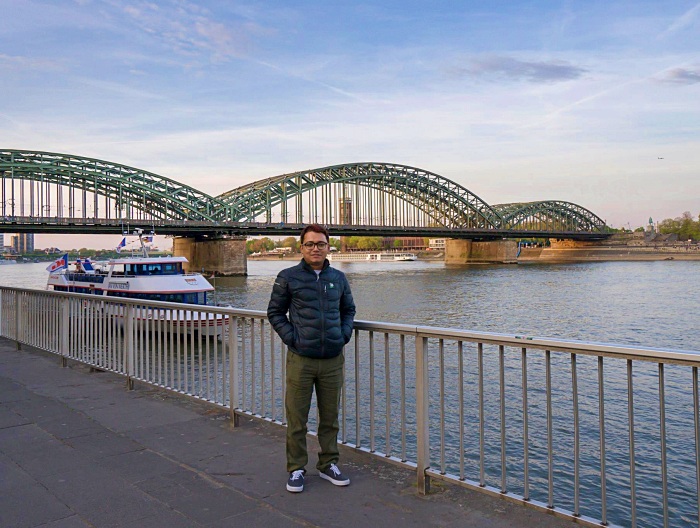
There are 7 bridges crossing the Rhine River in Cologne, and the most famous is the Hohenzollernbrücke. Built between 1907 and 1911, it is the oldest bridge and is located near to the Cologne Cathedral. The bridge was destroyed, along with all the other Rhine bridges, by the German army at the end of WWII, but 3 years later, partial repairs were completed; by 1959, it was complete once again. The bridge underwent renovation and widening between 1985 and 1988, and today, it features a 6-track railway, serving 1200 trains every day. There is a pedestrian walkway that allows fantastic views of the Cologne skyline, provided you don’t mind hearing the trains rumbling past. The bridge is adorned on either side by equestrian statues, on the Cologne side, there are Emperor Frederick III and of Emperor William II and, on the Deutz side are Emperor William I and King Frederick William I. The bridge may be best viewed at night when it is illuminated.
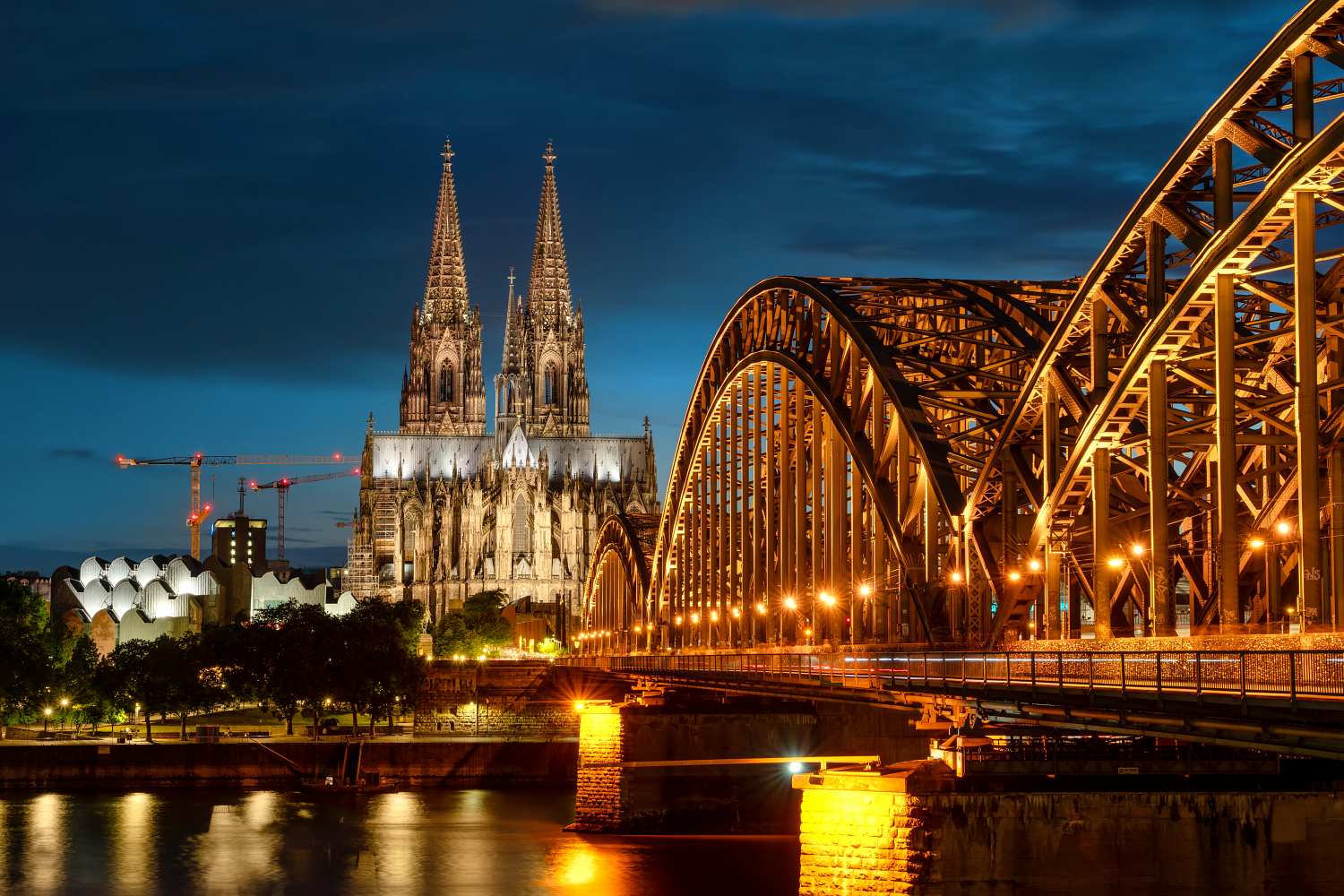
One more note of interest; part of the Hohenzollernbrücke is now a display of “Love Padlocks”. Couples visit the bridge with an open padlock, inscribe their names or initials on it, decorate and close it as a symbol of their love for one another. This tradition began in 2008, and, to date, more than 40,000 padlocks have been attached, adding an extra 2 tons in weight to the bridge, leading to speculation that the tradition may have to come to an end.
- Castle Neuschwanstein
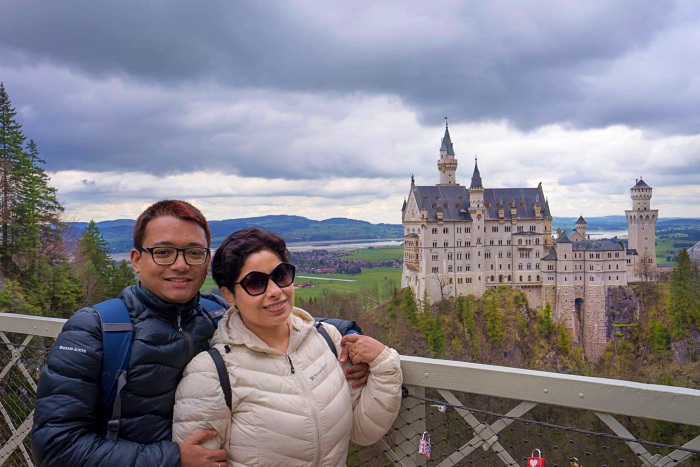
Neuschwanstein Castle is said to be the inspiration for the Caste in the original Disney production of Cinderella in 1950. Building started in 1868, on the orders of King Ludwig II, and was finished in 1892, 6 years after Ludwig died. He lived in parts of the uncompleted castle during his lifetime and, although it wasn’t finished, within a few weeks of his death, the castle was opened for the public to visit. These days, more than 1.5 million people pass through its gates every year, and, in the height of summer, around 6000 people per day are wandering around the castle. Built high up in the Bavarian Alps, Neuschwanstein Castle, literally translated to New Swan Stone Castle, soars 213 ft into the air, overlooking the slopes of the valleys below. At 65,000 square feet in area, the castle was supposed to have well over 200 rooms in it, but the budget was cut after 14 were completed, and these rooms can all be seen by the public. They include the King’s bedroom, dressing room, the Singers Hall, and the grotto, and there are some amazing frescos and paintings on view. Outside the castle, the Marienbrücke bridge is suspended over a waterfall and offers the best photo opportunities; there are also dozens of marked trails around the castle that you can explore.
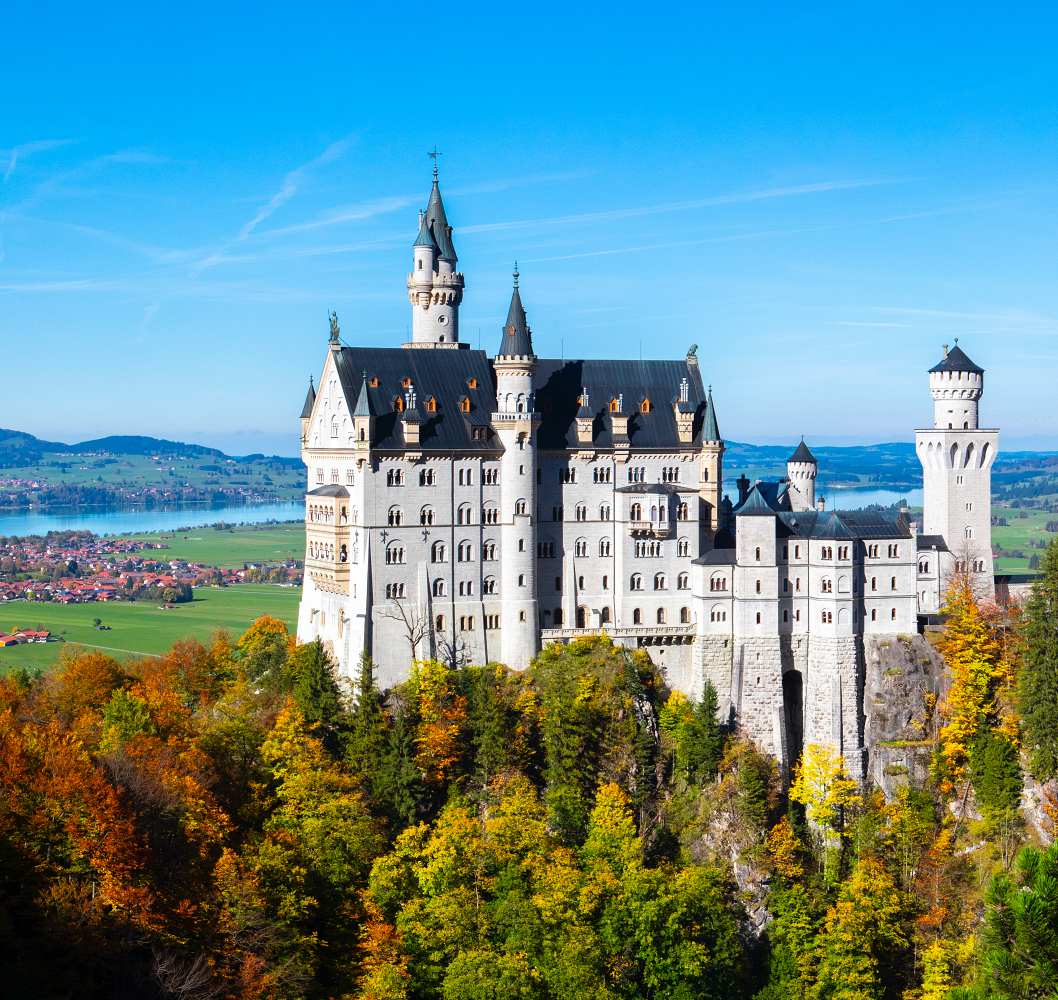
- Linderhof Palace
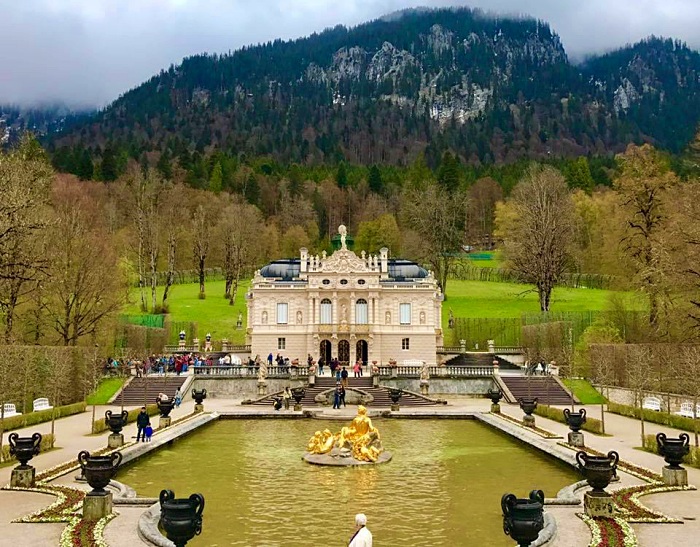
Linderhof Palace is one of three castles built on the orders of King Ludwig II and is the smallest. It lacks the turreted towers of the other castles, but it does have a magnificent staircase that leads to the castle entrance and into the formal gardens, complete with fountains. This was Ludwig’s hideaway and visitors were rarely entertained; he did, however, have the castle decorated on a rather spectacular scale. The castle is located around 45 kilometers away from Fussen, and the building started in 1869. The site of the castle is where Ludwig’s father’s hunting lodge stood. The castle is now open to the public, and entry includes a guided tour, around 25 minutes, around some of the rooms that Ludwig used while he was King. Hs bedroom features ornate decoration and a chandelier that weights half a ton. All rooms display priceless tapestries, furniture covered in velvet, Meissen china, portraits, and much more. The Hall of Mirrors, the last room on tour, is a much smaller version of the room in the Chateau of Versailles, although it is no less impressive. Photographs may NOT be taken inside the palace. The Linderhof Park on which the Palace stands is around 125 acres, featuring a Moroccan House, a Moorish Kiosk, the Venus Grotto, and an impressive gilt fountain, with a jet of water reaching 25 meters high. There is also a water cascade down a terrace of 30 steps, leading to a statue of Neptune, all surrounded by a mixture of formal and informal gardens.
- Nymphenburg Palace
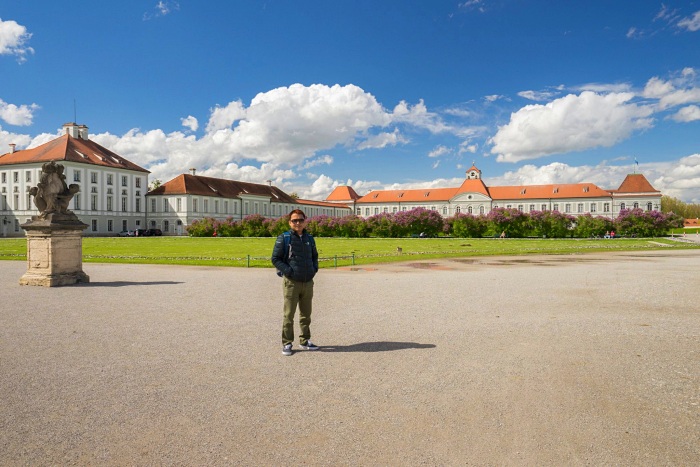
The Palace of Nymphenburg, built in the Baroque style, stands on the outskirts of Munich, to the northwest. It was built in the 17th century as the Summer residence for the Wittelsbach Electors and extends, wing to wing, over 600 meters. It is surrounded by the Nymphenburg Canal, which parts way as it goes around the main building and joins in a fountained pool at the front of the main part of the Palace. The Central Pavilion is a palace in the grounds of the Nymphenburg. Shaped like a cube, the palace looks like an Italian villa and was built in 1674; inside it, you will find the Stone Hall, a three storey hall with lavish decorations and rooms dedicated to the storage of fine arts and furnishings.
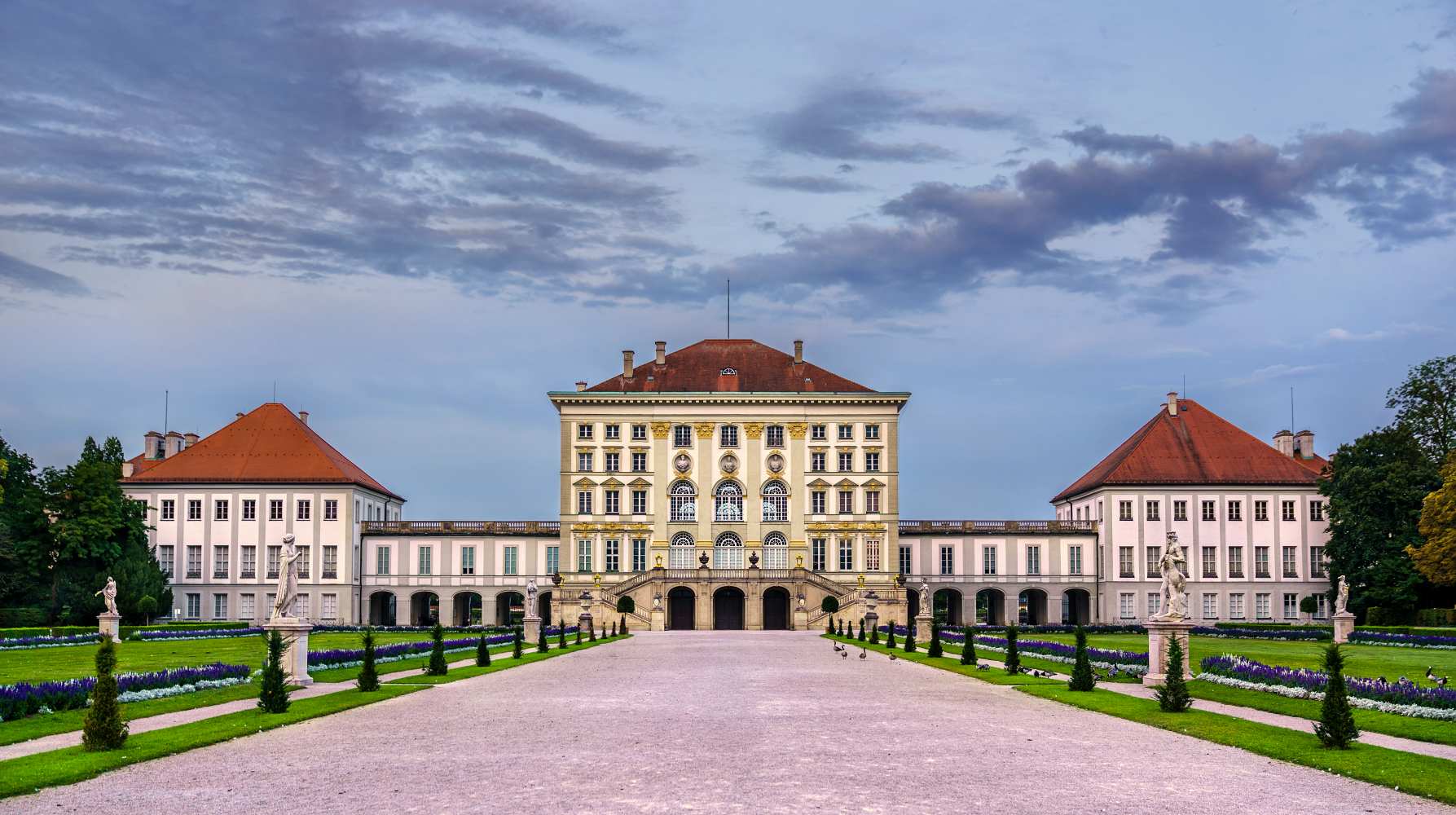
Inside the Palace Chapel, you can see impressive artwork on the ceiling, showing the life of Mary Magdalene. Housed in the former stables is the Marstallmuseum, with a display of state coaches while, in the gardens of the Nymphenburg Pak, you can see the hunting lodge with its Hall of Mirrors, a maze, plenty of Greek god statues, fountains, and hothouses, including Palm House which houses the fist ever hot water heating system in Germany.
- BMW Museum
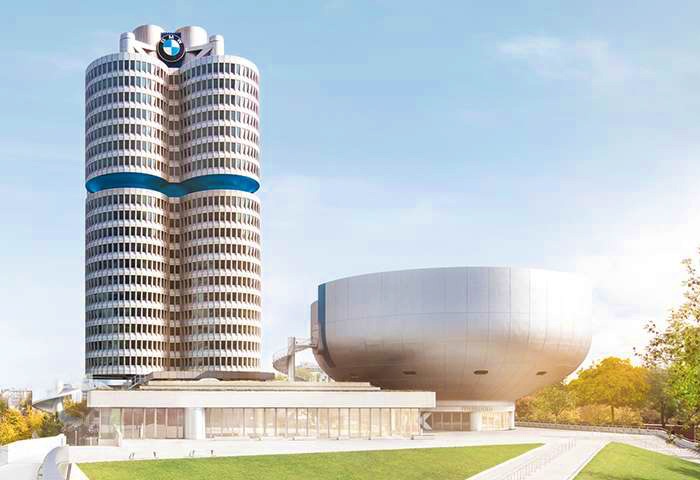
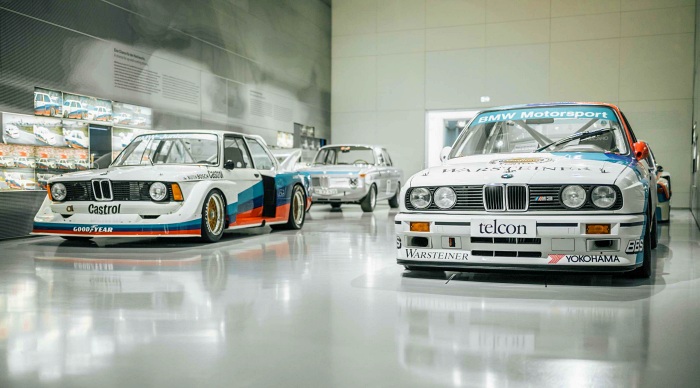
At Olympic Park in Munich, you will find the huge headquarters of BMW, alongside their manufacturing factories. Beside this is a round building, shelled in metal, and here you will find the BMW museum. Fans of BMW’s can see examples of pretty much every model of BMW ever made by the company, including the racing cars, sports cars, and their motorbikes.
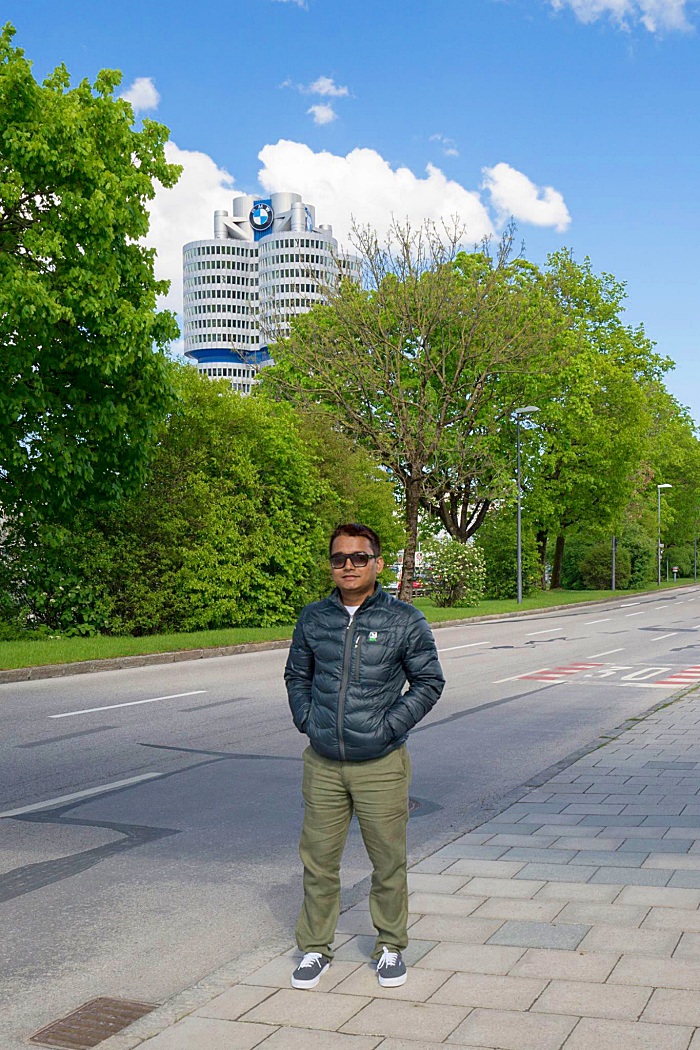
Alongside modern vehicles and displays that teach you about the construction of modern-day vehicles, you can get a look into the future, at propulsion technology and some of the designs that BMW is considering, as well as a look back into the past and see how their cars have evolved over the years. This is a must-see for any car fan, especially those of BMW.